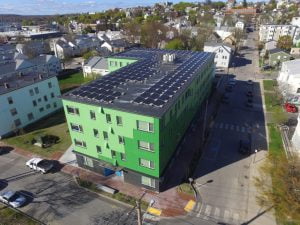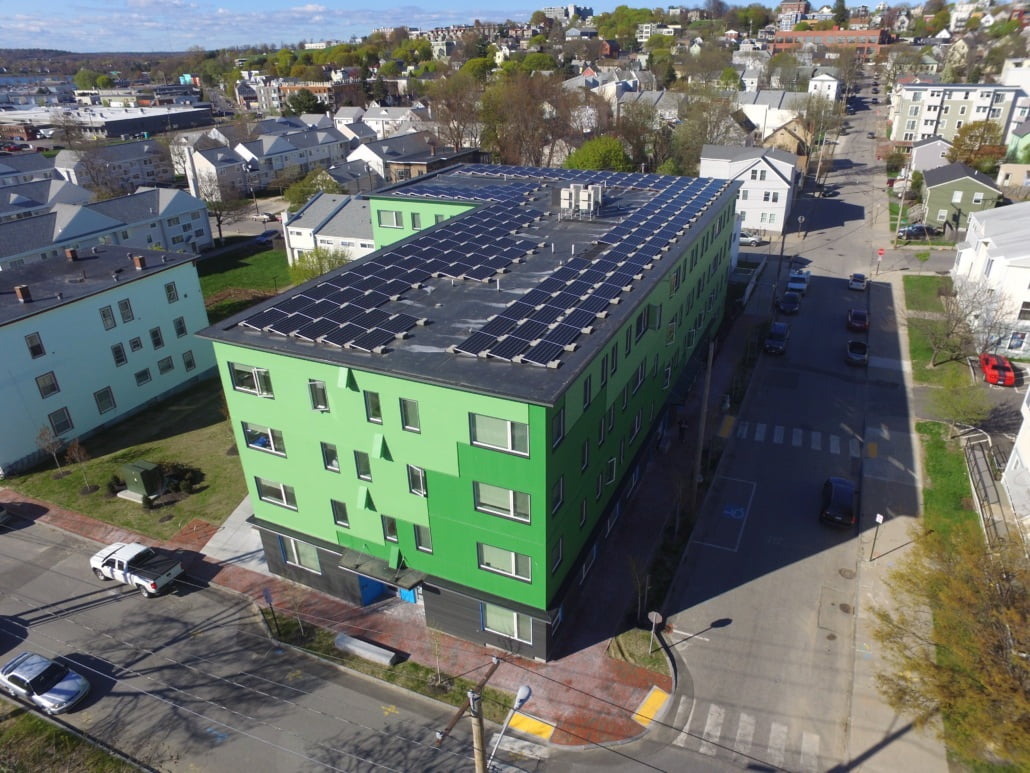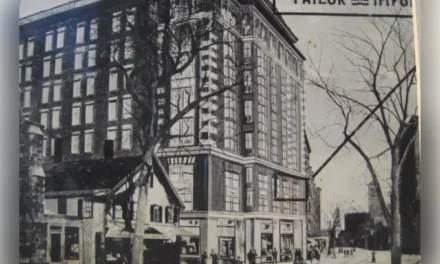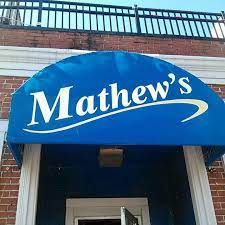The commodification of housing under capitalism means that affordable housing developers often view affordability and sustainability as mutually exclusive goals. To cut costs, labor and the environment are left holding the bag, but a new program made possible through $20 million in American Recovery Plan Act (ARPA) funding distributed through the Maine Jobs & Recovery Plan seeks to change that.
“LD 1656 [An Act to Promote Energy-efficient Affordable Housing] recognizes the interconnectedness of the challenges we face and the need for a comprehensive solution,” said Representative Rebecca Millet (D) Cape Elizabeth who introduced the original bill, which passed the House and Senate but remained stalled in the Budget Appropriations Committee. Renamed Maine’s Green Housing Construction Program and reduced in size, it still very much insists that while building more efficient public housing may be expensive in the short term, the cost to society of not doing so, and the long-term impact on the climate, is too great to ignore.

Maine State Senator Rebecca Millet, D29
Conceived by Maine People’s Alliance, and written in partnership with members of Maine Democratic Socialists of America (DSA)’s People First Portland (PFP) coalition that passed Portland’s local Green New Deal referendum last November, the program addresses three crises at once: the severe shortage of affordable housing statewide; the outsized impact residential buildings have on greenhouse gas emissions; and the shortage of skilled labor in Maine’s building trades. A right of first refusal provision even takes meaningful steps to put housing built with these public funds under permanent public ownership and control, so that it remains affordable for its usable life, and ensures that the taxpayers who underwrite it don’t lose their investment to private interests. Aspirational, intersectional, and in service to the common good, the campaign showed what’s possible when socialists are at the policy drafting table.
On average, people living in low-income housing in the U.S. spend more than four times as much on energy costs than higher income households. Mold, lead exposure, and poor indoor air quality contribute to worse health outcomes for these populations, often leading to hard choices between food, medicine, childcare and other necessities and creating a downward spiral that can be impossible to disrupt.
“It is unacceptable that our nation’s public housing is in a state of chronic disrepair and energy inefficiency after generations of government neglect,” said Sen. Bernie Sanders (I-Vt.) in an April 2021 press release introducing the Green New Deal for Public Housing Act, co-written by Rep. Alexandria Ocasio-Cortez (D-N.Y.). The massive federal infrastructure bill, which aims to decarbonize the nation’s entire public housing stock while creating millions of good union jobs, was the inspiration for People First Portland’s Green New Deal, and many of those same ideas carried over when Maine People’s Alliance reached out to PFP for advice and assistance with their statewide campaign.
The bill originally carried a price tag of $100 million. “People First Portland’s victory inspired us to go for the biggest boldest thing,” said Rachel Ackoff, Campaigns Director for Maine People’s Alliance. It was intentionally aspirational, but also scaled to address the magnitude of the three crises we are facing.
All housing built under Maine’s Green Construction Program must be multifamily, affordable to people earning 70% or less of the Area Median Income (AMI), including the cost of utilities, which ups the ante on efficiency standards, measured by one of several independently certified pathways to building sustainability. And it must produce on-site renewable energy in an amount equivalent to what would be produced if 80% of the rooftop were covered in solar panels.

Bayside Anchor apartments in Portland. Photo credit Matthew Drost, courtesy of Avesta Housing
The program offers three pathways to efficiency. LEED Gold and Passive House are already being used in high-end home construction. Hans Breaux, co-author of the bill and an architect and sustainability consultant who helped write and pass Portland’s local Green New Deal referendum last November, said the program will help to bring those elite building techniques into the mainstream. The third pathway, Living Building Challenge, includes social justice at its core, framing the sustainability conversation around creating a net positive effect—not just on energy efficiency, but also on communities impacted and served by the project, through materials equity, water rights, beauty standards, and the health and happiness of occupants in these buildings. “It’s very progressive and intended to be stretch, but there are people in the green building industry who will jump at the chance to build this,” said Breaux.
All housing projects built with these funds must also consent to enter into Project Labor Agreements (PLAs) with the workers who will build the housing, including all contractors and subcontractors. Pre-job agreements that set the rules for work conditions, pay, and benefits, PLAs “make sure there are no surprises,” said Jason Shedlock, Organizer with the Laborers NE Regional Organizing Fund. In addition to raising safety standards, and providing more access to registered apprenticeship programs, PLAs provide surety for general contractors in uncertain markets, where labor and materials prices and labor availability can fluctuate. Any contractor, including non-unions shops, can work under a PLA, but they must agree to honor the collectively-bargained pay scale, retirement, and benefits for that job. Very common in other states, PLAs are relatively rare in Maine, and the inclusion of them in the legislation marks a turning point. “Now when we spend public dollars on affordable housing in this state, the people who build it will no longer be an afterthought,” said Shedlock.
“We wrote this bill to send the message that there’s a climate crisis, and we’re not on track—not even close. It was intended to be a push,” Breaux said. “It was a dream bill.”
Thanks to the coalition’s ability to move quickly to catch funds made available from the feds, that dream is now a reality.




